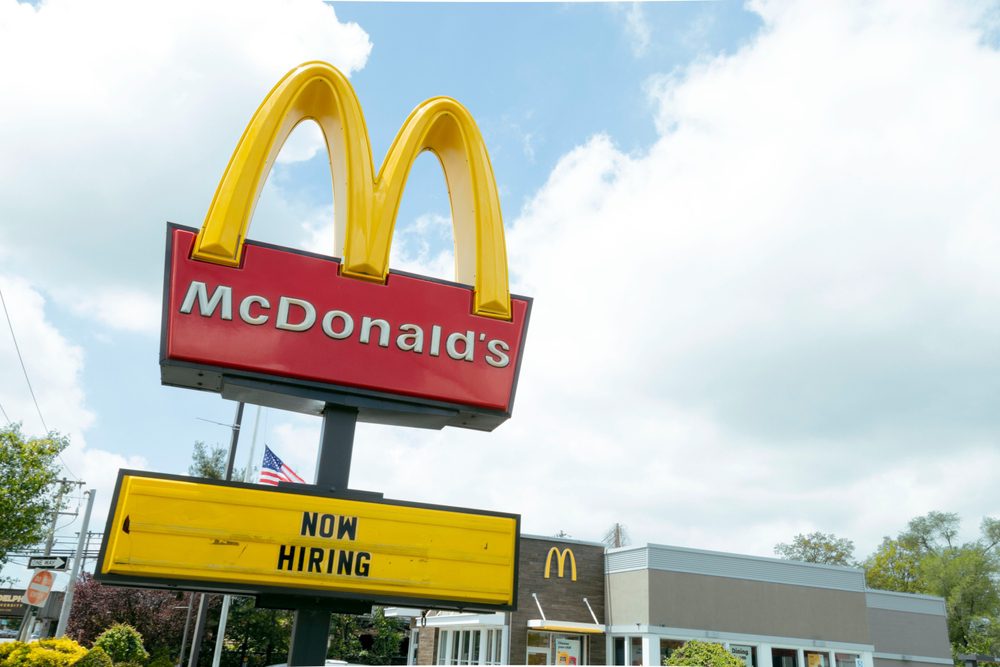RJ Reynolds Tobacco Holdings will cut 40% of its staff worldwide by 2005 and marshal resources behind its two top brands, Camel and Salem.
The revamp could signal more shifts in RJR’s agency roster for its estimated $200 million to $300 million in consumer promotion spending. RJR dropped experiential marketing agency Group 3, a division of Chicago-based Draft, in April when it discontinued its estimated $75 million field marketing and on-premise bar program.
Promotion strategy changes dramatically as RJR cuts sampling, expands direct mail, and tailors retail discounts by region and by brand. Camel and Salem will get more event marketing “but not in the same fashion as before,” which was primarily bar promos, says spokesperson Carole Crosslin. No agency assignments have been made.
Camel and Salem also will get more packaging-related promos to reinforce branding and product differentiation. Slow-growth brands Winston and Doral get regional support—primarily discounts—to squeeze profit with less spending. It’s unclear whether dollars cut from Winston and Doral marketing will shift to Camel and Salem, or directly to the bottom line. “Future promotion decisions will be based on competitive activity and ongoing business assessment,” says Crosslin.
Camel is RJR’s top priority now. Sales have steadily risen since 1987, thanks to innovative marketing and a distinct portfolio of sub-brands. Messina Brown, New York City, is agency of record for Camel, with an assist from Gyro, Philadelphia; Gyro also handles Salem.
Salem, a leading brand in the menthol segment, was repositioned in April with ads themed “Stir the Senses” and new flankers Green Label, Black Label and Silver Label. RJR says consumer response has been strong.
Falling volume sales and lower profit margins prompted a business review in April; RJR concluded that it needs to “more sharply focus its brand investment strategy and reduce its cost structure,” says CEO Andrew Schindler in a statement. Winston-Salem, NC-based RJR hopes to save $1 billion by year-end 2005.
Total volume sales dropped 12.5% to 40 billion units for the six months ended June 30, per RJR. Sales fell 18% to $2.65 billion for first-half 2003.
RJR’s total market share was 23% in 2002, with a 6.1% share for Camel and a 2.4% share for Salem. (Winston’s share was 4.7% and Doral was 5.9%.)
Trade promotion strategy shifts, too: RJR will test different discounts to find the best price points for each brand. Layoffs among the sales force begin in January 2004 as RJR outsources some execution and administrative tasks. Earlier this year RJR stopped supplying merchandising fixtures for retailers, tightened its return-goods policy, and revamped trade promotion programs. Going forward, RJR will focus on price, availability and in-store branding.
 Network
Network

